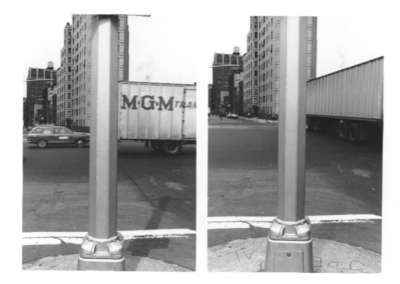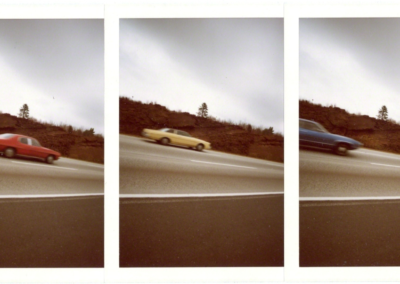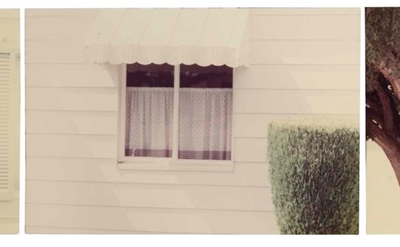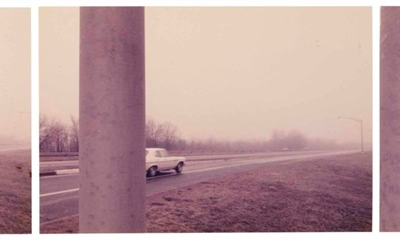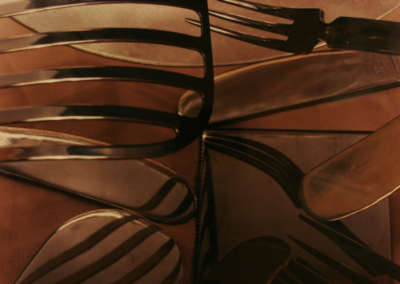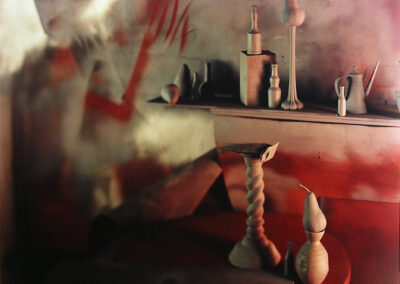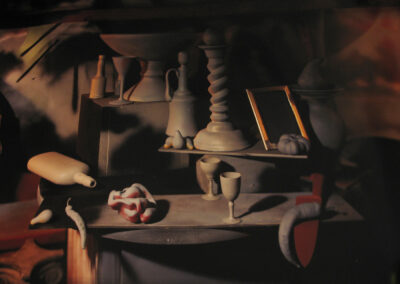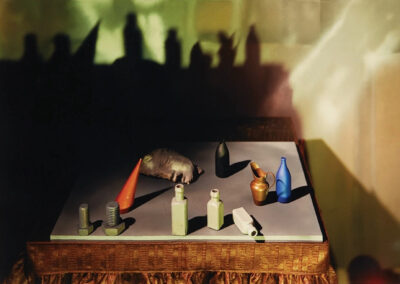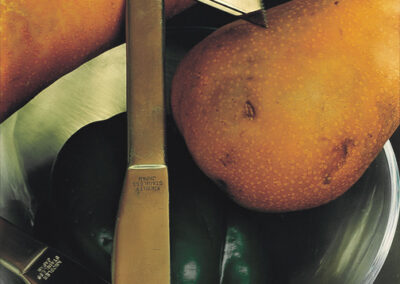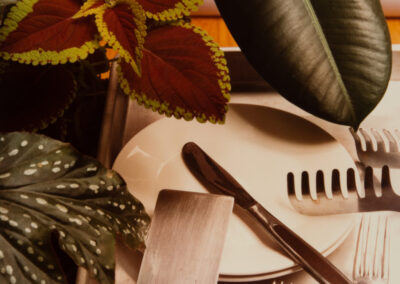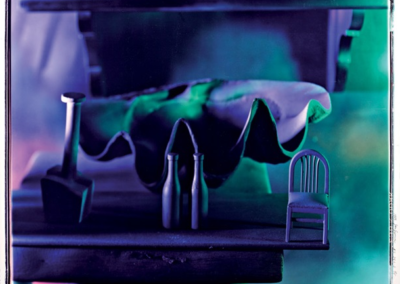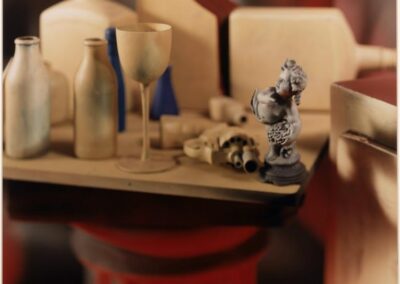Our next Artist You Need To Know is someone who was described by Marigold Warner as possessing the “ability to transform everyday implements and suburban street scenes into unusually beautiful experimentations of space and illusion.” (from the British Journal of Photography, 2019). Jan Groover (1943–2012) elaborated on her unique approach by offering that a “fork, a bottle, even a human body, become so many lines more or less curved, surfaces more or less smooth, more or less reflective; concrete tools for dividing and transforming pictorial space.”
-
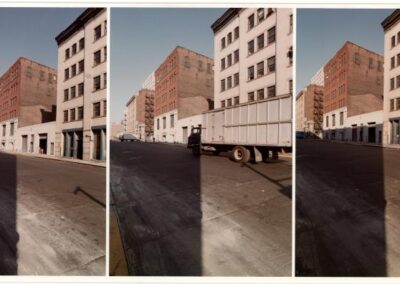
Untitled, 1976
-

Untitled, 1976
-

Untitled, 1976
-

Untitled (triptych), 1977
-

Untitled (Henderson, Nevada), 1977
-

Untitled (New Jersey Turnpike), 1975
Initially trained as a painter, Jan Groover turned to photography in the 1970s. “With photography I didn’t have to make things up,” she said, explaining the change of medium. “Everything was already there.” (from MOMA) She was originally focused upon employing the camera in a more conceptual manner, but progressed towards an ‘idea of pure, straight photography.’ Her earlier works were often triptychs of downtown New York City, where her camera was mounted on a tripod and variations within the street scenes offered a contrast between her interest in the city’s architectural character and implications of time (with cars often appearing in one of the frames of these works). In some ways, the triptychs were not so much a singular image, as a formalist attempt to capture shifting moments in shape and colour.
-

Untitled, 1979
-

Untitled, 1979
-

Untitled, 1990
-

Untitled, 1989
-

Bottles with Green Shadows & Head profile, 1987
-

Untitled, 1978
Art history also informed her practice, as the still lifes of Giorgio Morandi can be seen as influential to many of her own vibrant ‘object oriented’ works. “By using photography instead of painting, Groover complicates the notion of representation, and emphasizes the capacity of photography to make works of the imagination. The drama in Groover’s pictures arises from the tension between the form of the picture and the things we know to exist in the world”, wrote curator Susan Kismaric (from artnet).
Groover studied at the Pratt Institute in Brooklyn and later at Ohio State University in Columbus, where she obtained an MFA. A notable exhibition of her work was in 1987; this mid career retrospective was mounted at The Museum of Modern Art in New York. Later, she would relocate to France with her husband Bruce Boice, a painter, and lived and worked there from 1991 until her passing in 2012. Today, her works are held in the collections of the Art Institute of Chicago, the Smithsonian American Art Museum in Washington, D.C., and the Los Angeles County Museum of Art, among others.
-

Untitled, 1979
-

Untitled, 1978
-

Untitled, 1978
-

Nature morte, 1989
-

Untitled, 1979
-

Untitled (Still Life), ca. 1978
Groover’s images are still very influential, especially among those who look to what is immediately around them, in the places that they live, and photographers who enjoy – and learn from – the manner in which she elevated the everyday to the evocative. In 2013, Robert Barry, writing about Groover in Frieze Magazine offered the following: “From the outset, her approach to photography was as abstract as her paintings had been, revealing a secret life of objects arranged according to a seemingly occult understanding of harmony and correspondence.”

